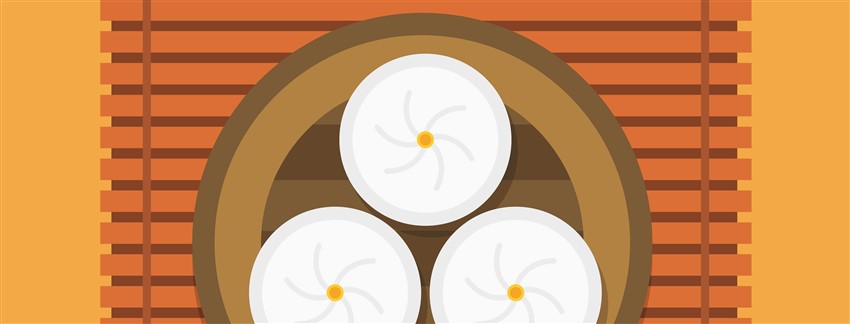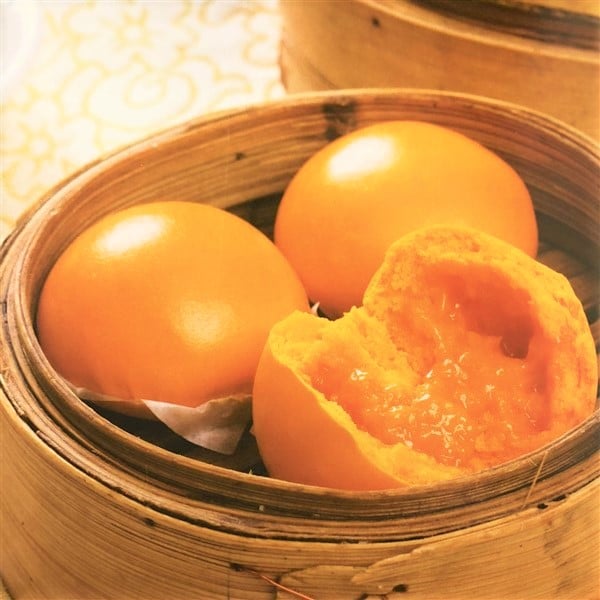Baozi & Mantou (Buns)
Cantonese dim sum dishes are as delightful to the eye as they are to the mouth. Here you’ll find top Cantonese buns, or baozi, of all kinds, as well as step-by-step easy recipes for how to make them. Everybody can make the savory authentic Cantonese baozi with ease. Enjoy the wonderful taste of Cantonese baozi with a unique peak into the unfamiliar Chinese dim sum.
Typically, baozi are made of a dough ball – created by mixing flour and water and then letting it ferment – with an inner filling. They come in a vast number of varieties. Common fillings are meat and vegetable of all kinds, sesame, sweetened bean paste, and more. Local varieties include Goubuli baozi of Tianjin, Char Siu Bao (BBQ pork buns) of Guangdong, Xiao Long Bao of Shanghai, and Tangbao (soup buns) of Kaifeng. Cantonese baozi’s integration of other baozi types from all over China has made them an indispensable part of Cantonese dim sum.
Baozi vs Mantou
In Chinese history, baozi and mantou both belong to the same class of food: mantou. The history of mantou begins long before baozi, and the term “baozi” is just a derivative of mantou. Although mantou and baozi are seen as equally important to Chinese people nowadays, baozi’s reputation now far exceeds mantou’s. As Chinese people immigrated to all parts of the world, they brought China’s traditional baozi with them. In some Southeast Asian countries like Malaysia, Indonesia, and the Philippines, baozi has a long history and local peoples have already developed their own special kinds of baozi. Furthermore, as Chinese people from Guangdong, Hong Kong, and other regions immigrated to Europe and North America to open teahouses serving dim sum, baozi can now be found in Chinese restaurants and supermarkets in every major city of the world. Today, this ancient staple food of the Chinese people with a 1,700-year history has become well-known throughout the entire globe.

Did you know there are 2 kinds of Chinese chefs?
In Cantonese cooking, chefs are recognized as either main chefs or assistant chefs. Main chefs are responsible for “red board” cuisine (cooking meat and vegetable dishes), while assistant chefs handle “white board” cooking (making dim sum and staple foods). “White board” cooking may seem less illustrious, but it has gradually evolved over thousands of years – since the Spring and Autumn Period (771-476 BC)– from a way of mixing ingredients used by the common people to allay hunger to a method of crafting refined, exquisite cuisine that is far from simple.



